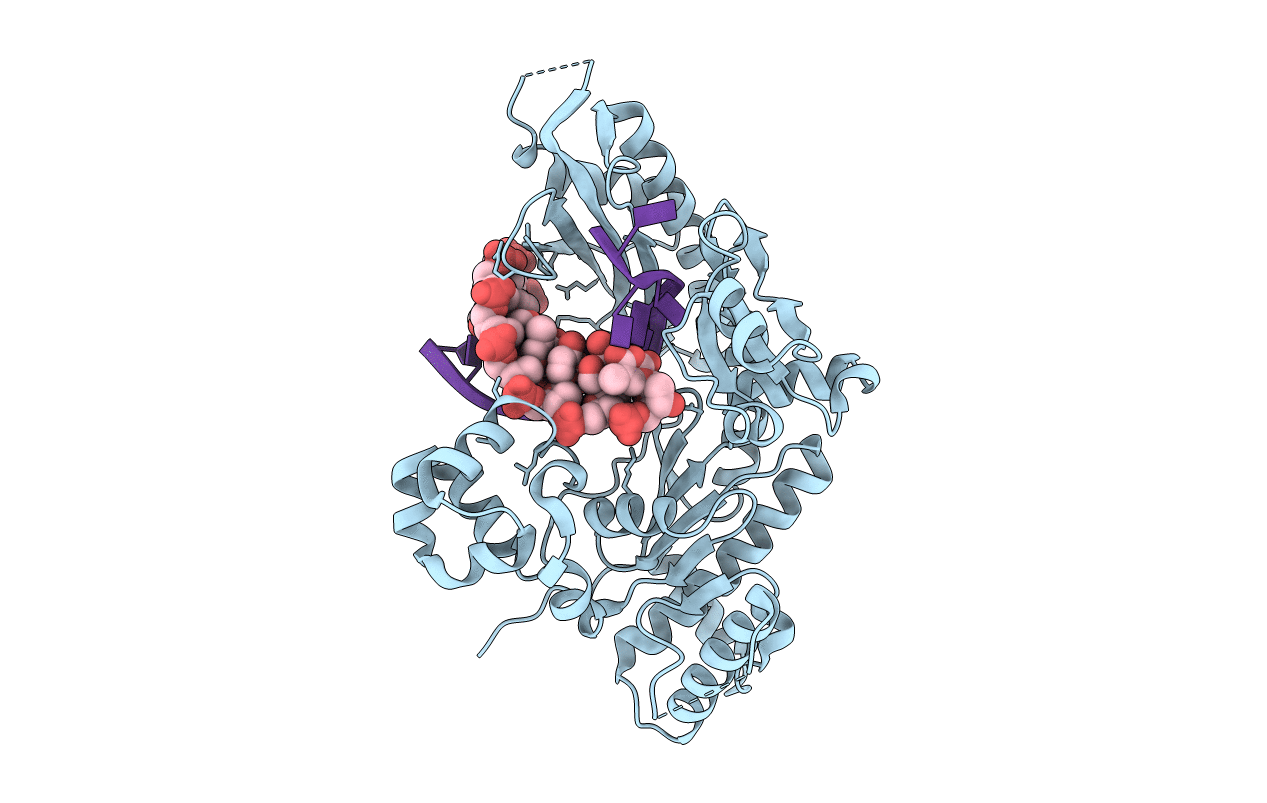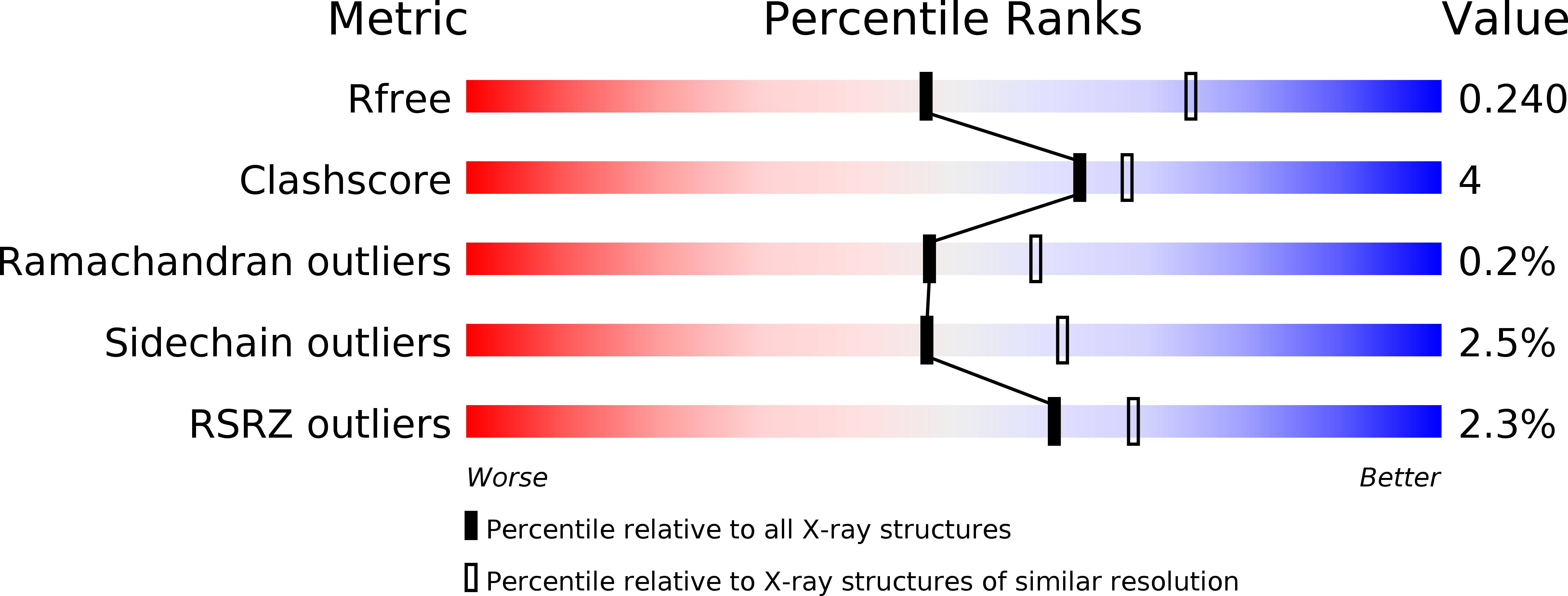
Deposition Date
2011-09-08
Release Date
2012-02-08
Last Version Date
2024-02-28
Method Details:
Experimental Method:
Resolution:
2.56 Å
R-Value Free:
0.24
R-Value Work:
0.18
R-Value Observed:
0.19
Space Group:
P 61


